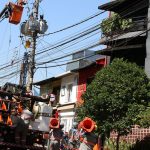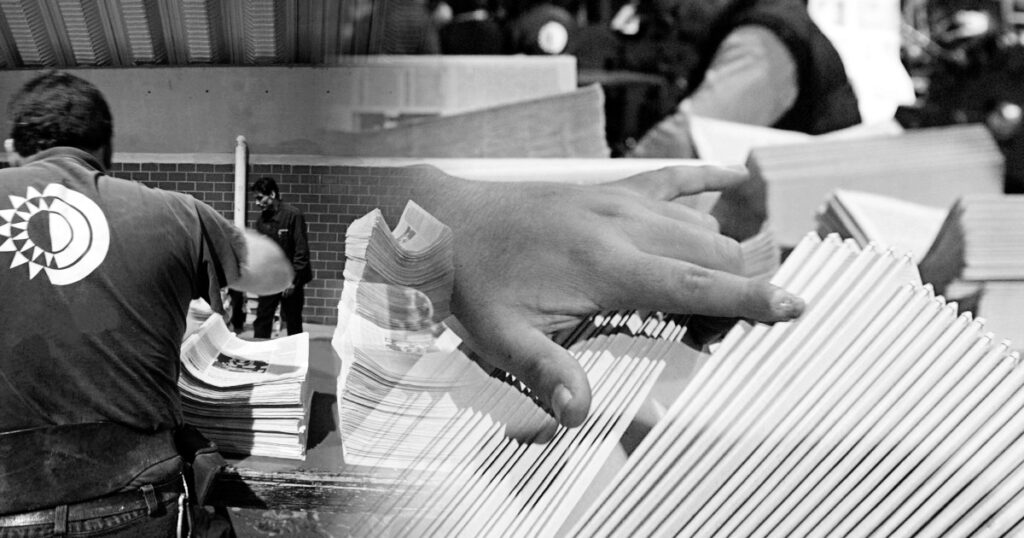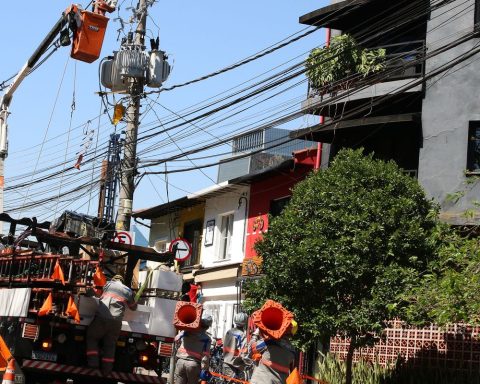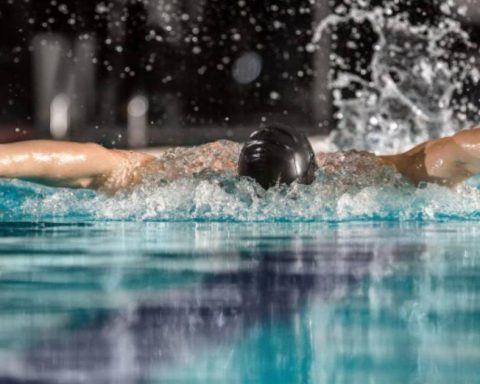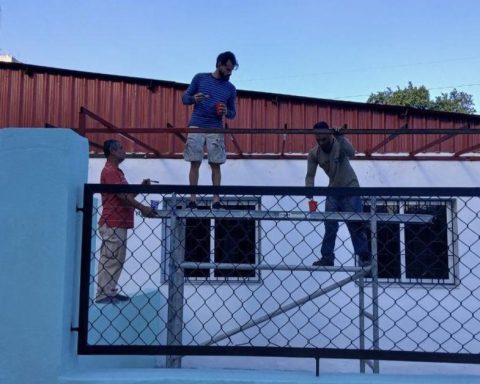Panama joins, for the third time, the International Program for Student Assessment, or PISA test, in which 85 countries and regions of the world participated, seeking to have a national and global benchmark for the state of education.
It is an opportunity to learn about the experiences of implementing educational policies that occur in other regions and learn from these tests that measure the capacity of 15-year-olds. Strategies are used to identify challenges faced by the educational system and by their knowledge and skills in reading, mathematics and science to face real life and that contribute to their full participation in the knowledge society.
According to the director of Educational Evaluation, Gina Garcés, the tests will be applied until August 31. They cover 6,300 students from the 16 educational regions of the country and, currently, it is applied in the regions of Bocas del Toro, Los Santos, Herrera, Coclé, Central and Western Panama, and the Guna Yala region. It is a representative sample that is chosen at random to obtain reliable data and thus plan strategies that allow pertinent adjustments to be made.
The tests present results in relation to what students know and what they can do with what they know, as well as their attitudes towards learning and their social and cultural context.
This test allows Panama to have information as an input to monitor the evolution of student learning and the results of the national education system. In addition, it allows the design of public policies that benefit education.
By obtaining the required information, the educational authorities are allowed to identify what challenges are being faced in the educational system and propose and implement the pertinent actions to reduce them and so that more learning opportunities reach everyone.
